Guest blogger: Ruth Cohen.
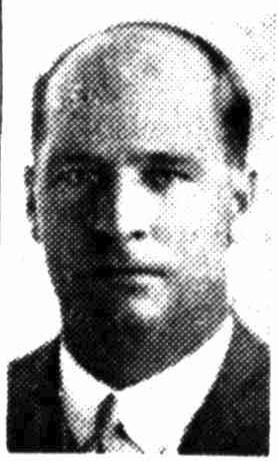
George Goddard, The Sun (Sydney, NSW) 25 August 1947, p.5
State Library recently digitised the letters of 2nd Lieutenant George Goddard. A journalist by profession, Goddard may have enlisted in Melbourne, Victoria, but he was born in Townsville, Queensland, on 17 May 1891, and educated at Brisbane Grammar School. As a young reporter he worked for the Evening Telegraph, Charters Towers in 1908, for the North Queensland Newspaper Co., Charters Towers and Townsville 1909-1912, and moving south, the Sydney Morning Herald in 1912. Goddard was the Sydney Daily Telegraph's Melbourne representative 1914-1916, before he enlisted, aged 27, on 28 September 1916, and was assigned to the 59th Infantry Battalion.
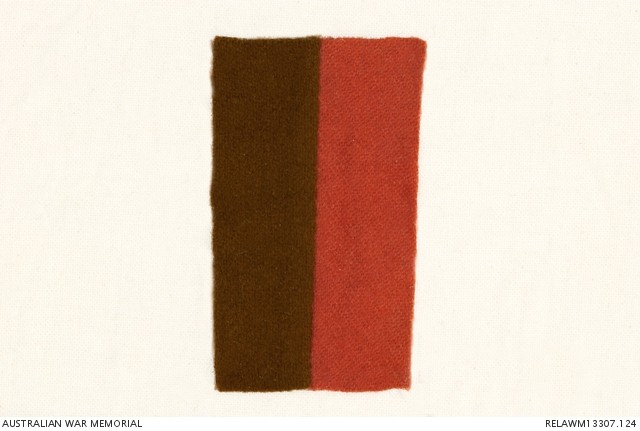
Colour patch: 59 Infantry Battalion, AIF. Australian War Memorial, RELAWM13307.124
Goddard's letters home to his mother Elise Marie Goddard show that he was aiming high from the start, keen to get into officer training as soon as he could to receive a commission. He was promoted to Lance-Corporal in the field in October 1917 and 2nd Lieutenant in early 1919.
As a journalist, Goddard was rather talkative and observant. His letters home detail all the menial day-to-day activities in camp, on transport ships, and abroad. He was constantly upbeat, quick to reassure that he had no plans to die in France, and stark in his honest remarks about battles undertaken.
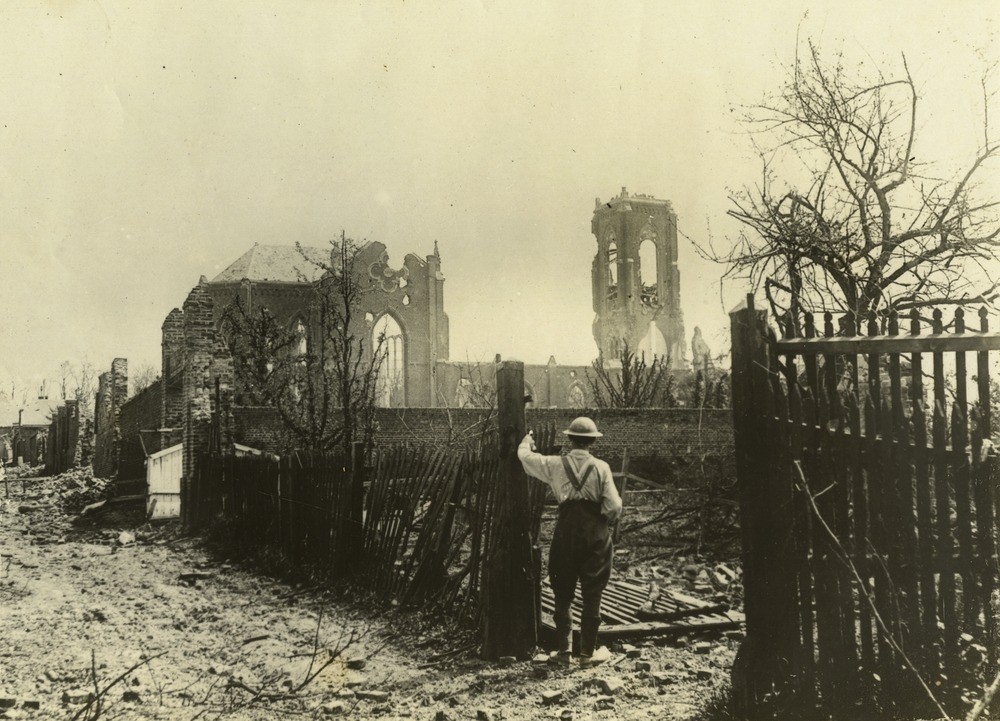
Unidentified soldier observing the ruins of the church at Villers-Bretonneux, France 1918. John Oxley Library, SLQ, Image number: 3135-0022-0012
Like many soldiers Goddard was always keen to get mail from home and often lamented that whilst he had received mail from relatives in England, none had yet reached him from Australia. He frequently mentioned the few parcels that made their way to France or Belgium, particularly noting how excellent the cigarettes and socks were (even if the socks were a little short for his uniform).
It is easy to make a connection with Goddard through his writing, and truly get a sense of the man he was. From his recounts of leave excursions into London, to commentary on taking a German prisoner on the front lines, as well as hints at a cipher in his letters home that indicated his location within France (a censor would block this information if it were written directly). Whilst he kept his letters home quite positive and upbeat, the details Goddard shared provided a unique insight into a soldier’s experience, from enlistment to the front lines, and from the festivities of Christmas to the harsh realities of battle. He expresses his views on conscription (a firm no!), mentions the recapture of Villers-Bretonneux in 1918, and welcomes peace at the end of the war.
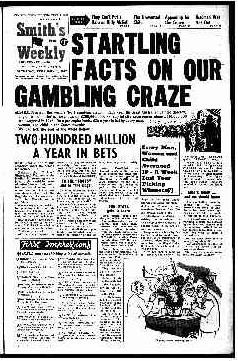
Front page of Smith's Weekly (Sydney, NSW : 1919 - 1950), 1 February 1947
After the armistice, Goddard held a position on the Executive of the A.I.F. Sports Control Board, until he returned to Australia aboard the HMAT RMS Morea in October 1919. He resumed work at the Daily Telegraph in Sydney, as Cable Editor 1919-1922, then progressed to special writer, Chief Sub-Editor, and Assistant Managing Editor 1924-1931. He accompanied His Royal Highness the Prince of Wales on his Australian tour of 1920, as the Commonwealth Government representative of press arrangements. Settling in Sydney, Goddard married in 1924, and with his wife Eve, raised a son and a daughter. In 1932 he was Editor of The World, then Associate Editor of Smith's Weekly 1933-1936, and Editor-in-Chief from 1939 until his death in August 1947.
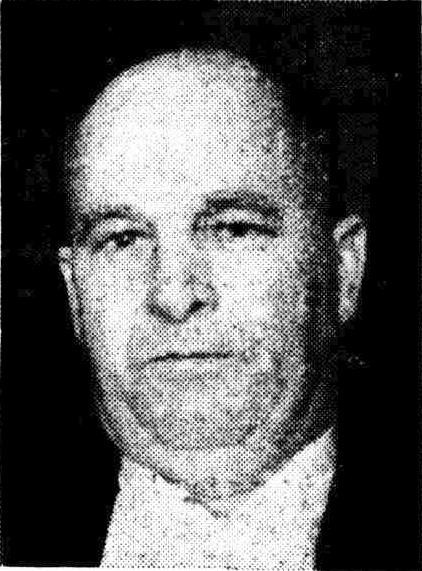
Photograph of George Goddard, in 'Smith's Editor passes', Smith's Weekly (Sydney, NSW : 1919-1950), 30 August 1947, p.3
References
2885 George Goddard Correspondence 7/8/1916 - 30/8/1919
REFJ 920.094 001. Who's who in Australia. Sydney, Angus & Robertson, 1927-8
REFJ 920.094 001. Who's who in Australia. Sydney, Angus & Robertson, 1947
Comments
Your email address will not be published.
We welcome relevant, respectful comments.